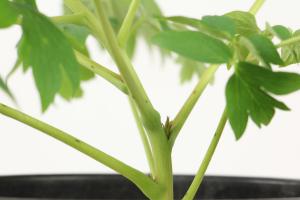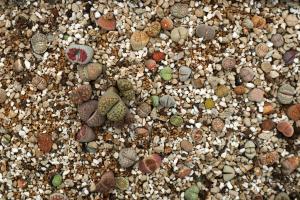Introduction
Citrus trees are a popular addition to any garden or orchard. However, in regions that experience frost or freezing temperatures, it is important to plant these trees in locations that provide adequate protection. In this article, we will explore where to plant citrus trees to protect them from frost damage.
Planting Location
The ideal location for a citrus tree in frost-prone areas is one that provides protection from the cold. This can be achieved by planting the tree near a south-facing wall or fence that will absorb and radiate heat. Another option is to plant the tree on the west or east side of a building, where it will receive less direct sunlight during the winter months.
Soil and Drainage
The soil in which citrus trees are planted should be well-draining to prevent water from accumulating around the roots. Standing water can freeze during cold weather, damaging the roots and ultimately killing the tree. It is important to amend the soil with organic matter to improve drainage and fertility.
Spacing
When planting multiple citrus trees, it is important to space them adequately to ensure proper air circulation. Crowded trees are more susceptible to frost damage due to the lack of air movement. The recommended spacing for citrus trees is 8 to 12 feet apart.
Watering and Feeding
In frost-prone areas, it is important to minimize watering during the winter months to reduce the risk of freezing. Additionally, it is important to ensure that the tree is well-fed during the growing season to build up its internal reserves for the winter months. A balanced fertilizer, high in nitrogen and potassium, should be applied every six weeks during the growing season.
Coverage and Protection
In addition to strategic planting, there are other measures that can be taken to protect citrus trees from frost. Using a frost blanket, burlap, or other coverings can provide additional insulation from the cold. It is also important to prune the tree to eliminate any dead or weak branches that may be more susceptible to damage.
Conclusion
Citrus trees are a valuable addition to any garden or orchard, but it is important to take steps to protect them from frost damage. By planting in strategic locations, ensuring well-draining soil, proper spacing, and providing adequate watering and feeding, citrus trees can thrive even in frost-prone areas. Additionally, using coverings and pruning can provide added protection during the coldest months. By following these tips, citrus trees can provide delicious fruit for years to come.

 how many times do yo...
how many times do yo... how many planted tre...
how many planted tre... how many pine trees ...
how many pine trees ... how many pecan trees...
how many pecan trees... how many plants comp...
how many plants comp... how many plants can ...
how many plants can ... how many plants and ...
how many plants and ... how many pepper plan...
how many pepper plan...































